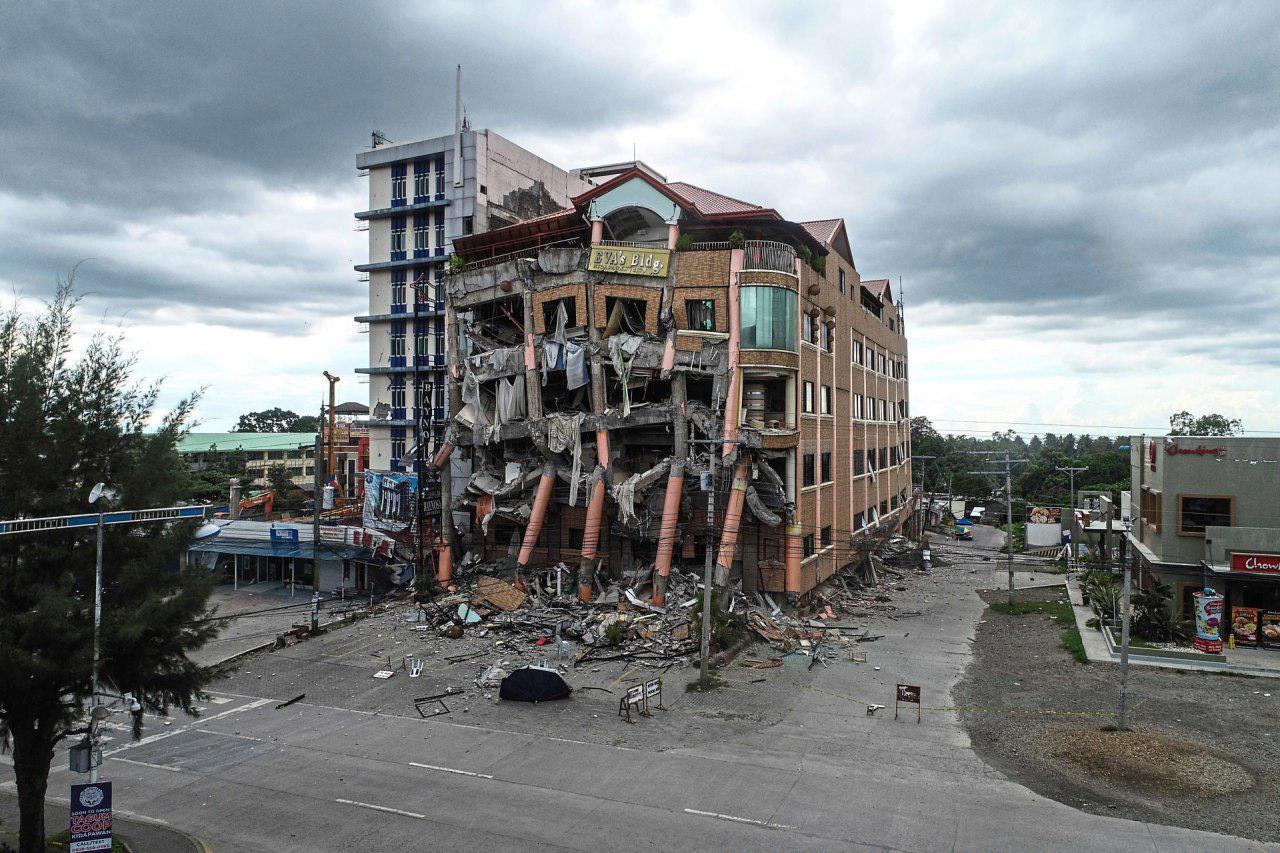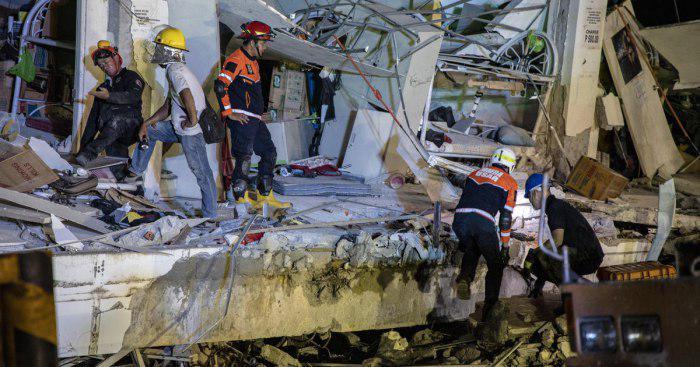MANILA, Nov. 1 (Xinhua) -- The death toll from two strong earthquakes that rocked several provinces in southern Philippines this week climbed to 16, the government said on Friday.
The Philippine National Disaster Risk Reduction and Management Council (NDRRMC) said in a report that the Oct. 29 and Oct. 31 tremors that hit several central Mindanao provinces also injured 403 people.
Rescuers were still looking for two missing villagers, the disaster agency added.
Tulunan town was the epicenter of the 6.6-magnitude and the 6.5-magnitude earthquakes that struck Cotabato province earlier this week respectively.
The destructive quakes hit while the central Mindanao region was reeling from the destruction brought about by a 6.3-magnitude earthquake that rocked the region on Oct. 16, killing seven people and injured 215 others.
The NDRRMC said the two tremors that hit the region this week also affected more than 30,000 people in 72 villages in central Mindanao. Nearly 13,000 of these people were staying in makeshift tents, it added.
The agency further said the quakes also damaged more than 3,220 infrastructures in the region, mostly houses, school buildings, hospitals, roads and bridges.
Many of the buildings cracked by the Oct. 29 tremor collapsed after the Oct. 31 quake, including a six-story hotel in Kidapawan City in Cotabato province. A gymnasium housing people displaced by the quakes in Makilala town, also in Cotabato, collapsed.
Thursday's quake also caused cracks in the walls of President Rodrigo Duterte's house in Davao, his home city. A five-story condominium more than a kilometer away from Duterte's house was also damaged by the quake.
The twin tremors also triggered landslides in Tulunan town in Cotabato province and Magsaysay town in Davao del Sur province.
After a series of quakes that rattled the region in October, the Philippine Institute of Volcanology and Seismology (Phivolcs) said it expects small to moderate earthquakes to rock in the region for several days to weeks that could trigger landslides, rock falls, and other types of mass movements especially in mountainous or hilly areas.
"Liquefaction, manifested by subsidence, sand boils or lateral spreads may affect low-lying, water-saturated and sandy areas often near banks and shorelines. Offshore large shallow earthquakes may generate tsunami waves that may inundate nearby shorelines," the institute warned.
The Philippines, which lies along the "Pacific Ring of Fire," is surrounded by numerous active faults and trenches on both sides of the archipelago.


